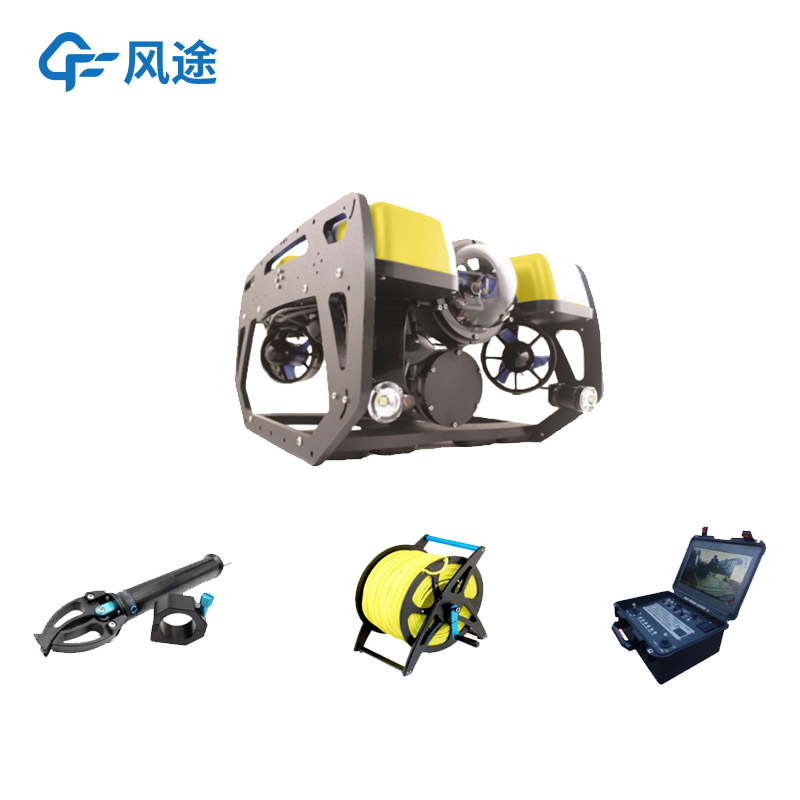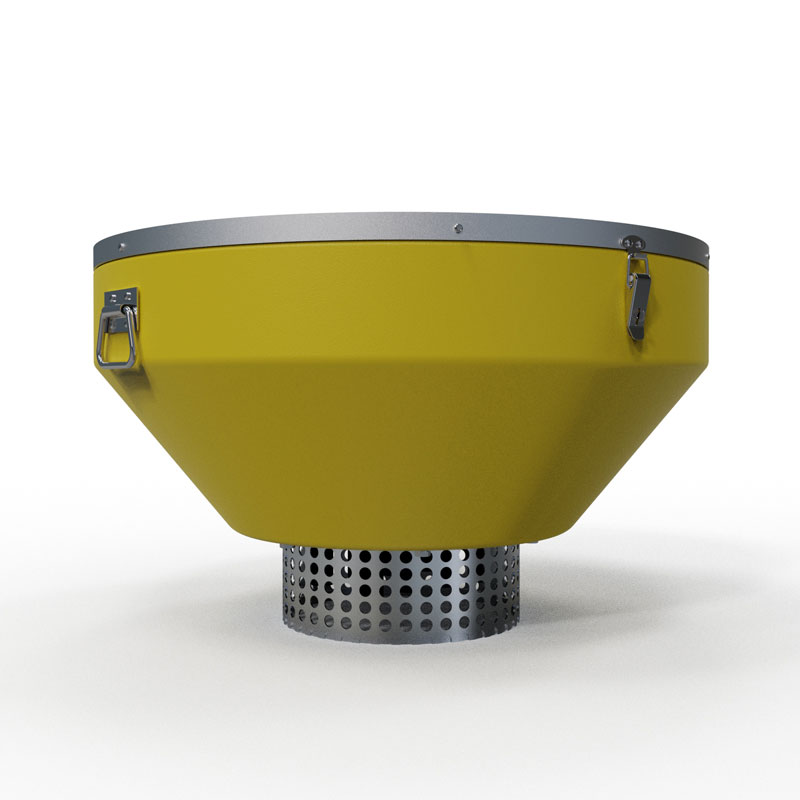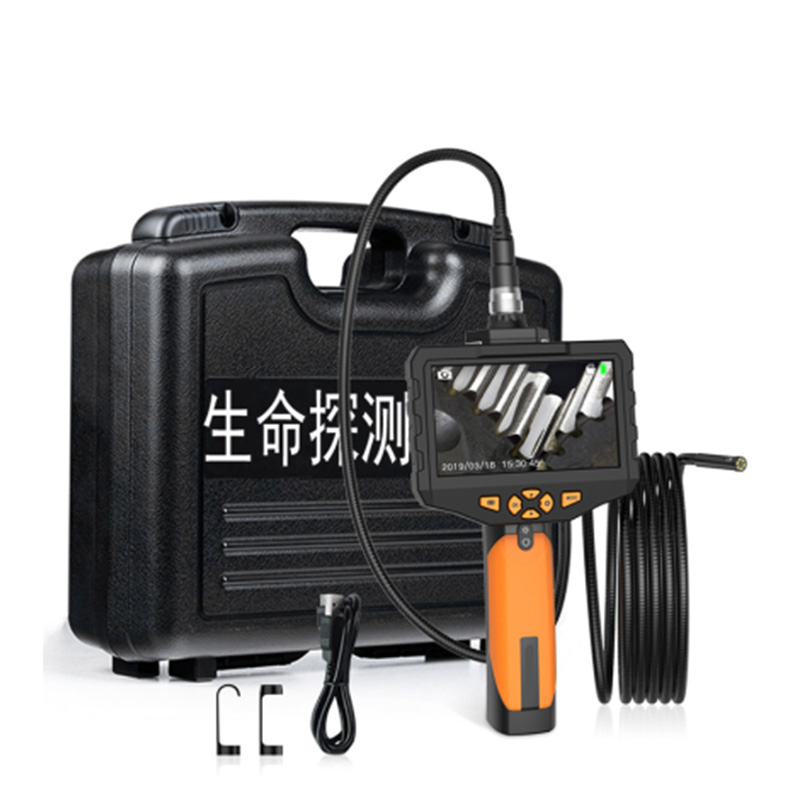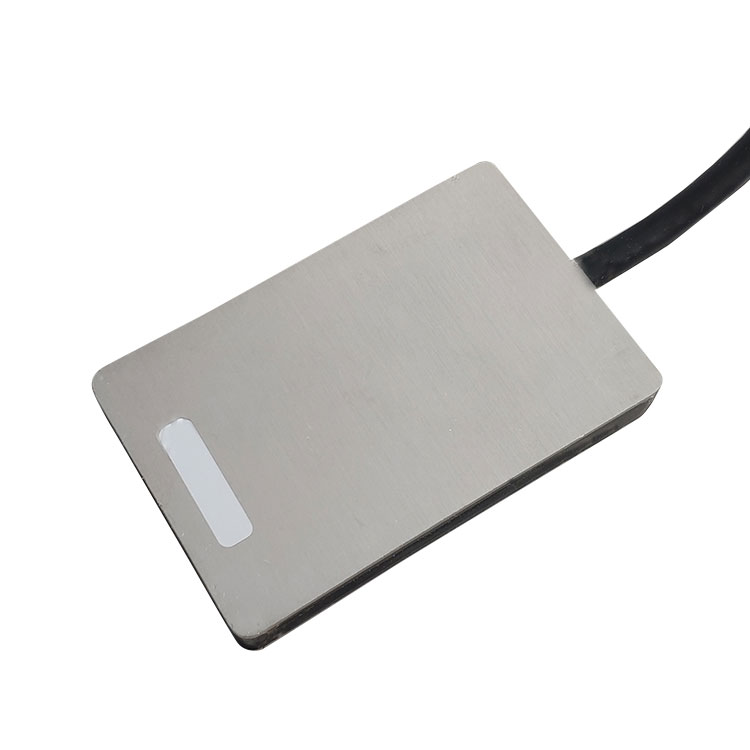As the flood season approaches, water levels in rivers and lakes rise, increasing potential safety hazards in various water areas, and posing challenges to flood control and rescue efforts. In complex underwater environments, traditional rescue methods often have limitations. However, the Underwater Rescue Robot, as a "high-precision and advanced" piece of equipment, is playing an increasingly important role in the field of water rescue.
Underwater Rescue Robots possess underwater search capabilities and excellent maneuverability. They can operate in various complex areas such as rivers, lakes, deep-water wharves, power stations, and reservoirs to locate and search for drowning victims, sunken ships, submerged vehicles, and objects, as well as assist in salvage operations. For example, some robots are equipped with 6 vector thrusters, enabling an underwater speed of 2m/s (4 knots), which enhances search and rescue efficiency and allows them to quickly reach target areas even in turbulent currents.
These robots rely on high-definition cameras and high-precision sonar systems to achieve accurate detection. They are equipped with 2-megapixel, 1080P low-light cameras that can clearly capture underwater images.
To address the issue of insufficient underwater light, most Underwater Rescue Robots are equipped with high-brightness lighting devices, such as four 5000LM underwater LED lights. These lights can provide sufficient illumination in completely dark underwater environments, allowing the cameras to clearly view underwater conditions and provide rescuers with accurate and reliable real-time image references.
During flood disasters, the robot can quickly detect blockages in underwater pipelines and culverts, assist in drainage and rescue decision-making, promptly clear drainage channels, and alleviate urban waterlogging pressure. When people fall into water or vehicles plunge into water, the robot can quickly submerge to conduct a blanket search in large water areas, rapidly lock onto the target, and gain valuable time for subsequent rescue efforts. This avoids prolonged operations by divers in complex and dangerous underwater environments, ensuring the safety of rescue personnel.
The robot can also participate in inspections of dams and river courses. It conducts detailed checks on the underwater parts of hydraulic structures, promptly identifies hidden dangers such as cracks and leaks, and feeds the information back to flood control personnel in real time. This enables timely repairs and reinforcements to ensure dam safety and prevent major dangerous situations such as breaches.

This paper addresses:https://www.fengtusz.com/industry/788.html









